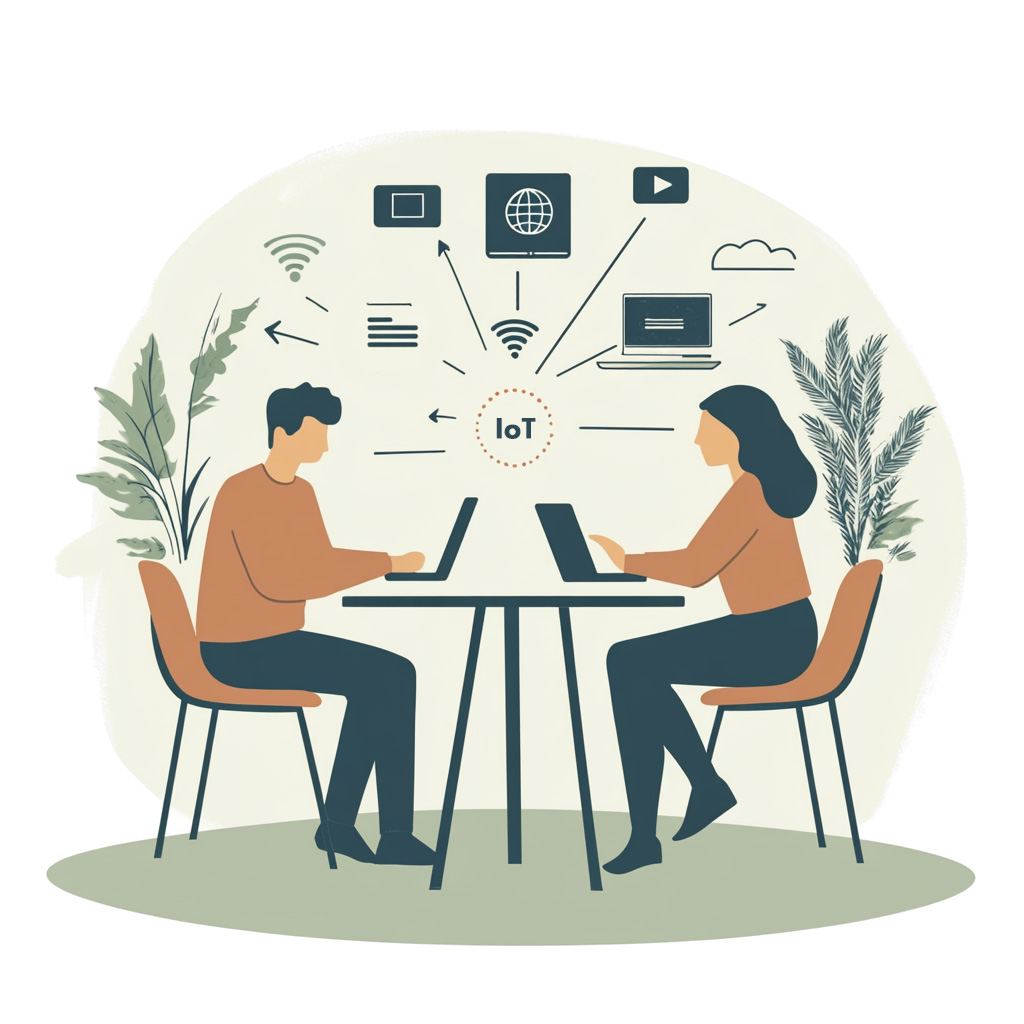At Wellnuts, we’ve worked with around 30 IoT startups over the past few years, helping them build MVPs, develop market-ready products, and navigate the challenges of the IoT space. We’ve seen successes and setbacks, and we’ve learned valuable lessons along the way. Here are the key challenges and mistakes we’ve encountered in IoT product development, shared to help you avoid them.

Mistake 1: Believing Software Alone Can Save a Weak Product
The Issue: Thinking that exceptional software can compensate for a product that doesn’t solve a real problem.
Our Experience: We sometimes got so focused on building polished software — sleek interfaces, robust cloud solutions — that we overlooked whether the underlying product met a genuine need. In some cases, the hardware or overall concept didn’t resonate with users, despite the software functioning flawlessly.
Lesson Learned: No amount of clean code or advanced features can fix a product that lacks market demand. Before diving deep into software development, validate your product idea. Talk to potential users, test your assumptions, and ensure there’s a real need for your solution.
Mistake 2: Underestimating Scalability Challenges
The Issue: Failing to plan for rapid growth and high data volumes inherent in IoT systems.
Our Experience: One startup we worked with quickly secured deals to deploy tens of thousands of devices. However, the system wasn’t designed to handle such a scale. We had to redesign core components, shifting from a monolithic architecture to scalable microservices — a challenging task late in the development process.
Lesson Learned: Plan for scalability from the outset. Use cloud-native architectures like microservices and choose lightweigt languages like Golang and Elixir that support high concurrency and performance. Even if you start small, design your system with growth in mind.
Mistake 3: Overcomplicating the Product
The Issue: Trying to offer too many features at once, leading to a complex and confusing product.
Our Experience: We helped a company build a system that controlled lights, HVAC, security cameras, and garden sprinklers — all from one app. While ambitious, the product became overly complex, causing user frustration and hindering adoption.
Lesson Learned: Simplify your product offering. Focus on solving one problem exceptionally well before expanding. Delivering excellence in a specific area builds a strong foundation and user trust.
Mistake 4: Neglecting Security Until It’s Too Late
The Issue: Treating security as an afterthought, which can lead to vulnerabilities and breaches.
Our Experience: In early projects, some startups prioritized speed over security, leading to devices being hacked due to weak encryption and poor authentication. This resulted in loss of credibility and costly recovery efforts.
Lesson Learned: Integrate security measures from the beginning. Implement strong encryption, authentication protocols, and regularly update systems to address vulnerabilities. Security is essential, not optional.
Mistake 5: Misjudging Infrastructure and Server Costs
The Issue: Underestimating the ongoing costs of cloud storage, data processing, and bandwidth as your device network grows.
Our Experience: We saw startups panic as their cloud bills skyrocketed with the increase in connected devices. In one case, we had to implement cost-saving measures like edge computing after the fact, which could have been integrated earlier with better planning.
Lesson Learned: Optimize your infrastructure from the start. Use efficient languages like Golang for backend services and consider edge computing to process data locally. Plan for scalability while keeping costs in check.
Mistake 6: Failing to Meet Compliance Standards
The Issue: Overlooking industry regulations and compliance requirements, leading to legal issues and market barriers.
Our Experience: Some startups we worked with neglected compliance with safety and cybersecurity standards. One client faced significant delays entering the market because their product didn’t meet necessary regulatory requirements like CE and FCC certifications. This oversight led to costly redesigns and re-certifications.
Lesson Learned: Compliance isn’t optional. Stay informed about relevant industry regulations and standards such as CE, FCC, UL, and GDPR. Incorporate compliance considerations into your design and development processes from the beginning to avoid expensive setbacks and ensure a smooth market entry.
Mistake 7: Not Planning for Longer Development Cycles
The Issue: Underestimating the time required for hardware development, manufacturing, and regulatory compliance in IoT projects.
Our Experience: We’ve worked on projects where MVPs were delayed due to hardware failures or supply chain issues. Unlike software-only products, IoT development involves additional layers of complexity.
Lesson Learned: Set realistic timelines that account for hardware development, certifications, and potential delays. Plan buffer time into your schedule to accommodate unforeseen challenges.
Conclusion: Building for Success in IoT
Our journey at Wellnuts has taught us that successful IoT development requires:
- Validating the Market Need: Ensure your product solves a real problem before investing heavily in development.
- Planning for Scalability and Costs: Design systems that can grow with your user base while keeping infrastructure expenses manageable.
- Fixing Security and Compliance: Protect your product and users by integrating robust security measures and meeting industry standards from the outset.
- Prioritizing Simplicity: Start by excelling in one area before adding more features.
- Understanding Development Timelines: Account for the complexities unique to IoT projects.
By learning from these common mistakes, you can navigate the challenges of IoT development more effectively and increase your chances of success. Build for the future, but ground your vision in a solid understanding of the market, technology, and the specific problem you’re aiming to solve.




“What a gem I’ve discovered! The thoroughness of your research combined with your engaging writing style makes this post exceptional. You’ve earned a new regular reader!”